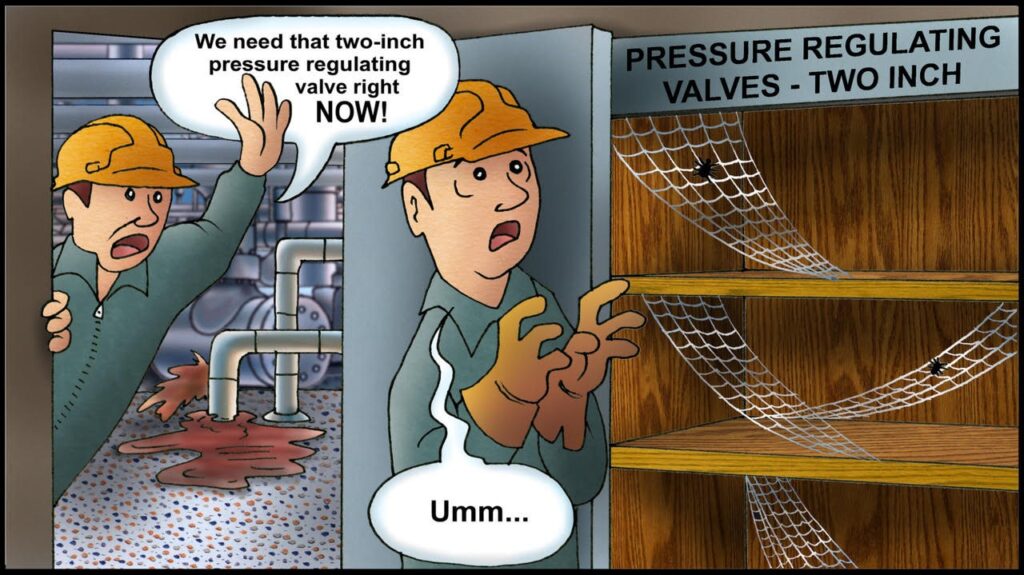Lack of Resources is more of an organizational issue than an individual problem as it contributes to errors, accidents, and downtime. When I was a manager, we needed spare rotating assemblies for pumps because downtime was costly. And you could not go to Home Depot and buy a rotating assembly. My manager would not approve the purchase of these expensive spare parts until we had to shut a line down after a pump failure. The cost of that downtime was greater than the one-time expense for the rotating assembly.
Lack of Resources becomes an individual problem when a person’s safety and well-being is threatened because a company has reduced the workforce and people have to work more overtime, have to drive longer distances, or have to use workarounds because of missing parts or inadequate procedures. As a young construction worker, I hurt my back when the foreman did not want to wait on a tractor to lift the pipe lineup clamps and I foolishly lifted them alone.
A few years ago, I was in a control room and there was an equipment failure at a pipeline facility. The technician for that area was on vacation, and the on-call technician told the Controller that it would be a few hours because he was going to finish some OQ tests first since he had been trying to get them done for weeks. It took about three hours before the technician arrived at the facility. This seems to be a lack of both time and personnel, which are resources. Do your employees have to fit in required training, possibly on shift, or do you provide dedicated time for training and similar tasks? A control room manager was wondering about the benefits of a simulator for controller training. Of course, I told him they can be a valuable resource. But I cautioned him that I would not purchase one unless the company would budget for ongoing support of adequate SCADA personnel to maintain the simulator and to create operating scenarios. Lack of Resources becomes a problem when our decision making process is short-term rather than long-term and risk-based. Have you purchased technology, software, or other tools which are not being optimized because of Lack of Resources such as support personnel, adequate time for programming, or inadequate maintenance?
Another resource is information or data that is necessary for the completion of tasks or jobs. I saw a large monitor next to the control console, and noticed the Controllers never used this leak detection monitor. When I asked why, I was told it was not completely programmed for their use even though the system had been installed for about two years. After our assessment, the company hired a leak detection specialist.
Another example is when procedures and training documents are incorrect or outdated. People will fill in the gaps if information or data is missing or unavailable. I know what a pain it can be to develop and maintain procedures and training materials, but it is a necessary task that requires resources.
The suggestions below can assist with ensuring adequate resources:
- Have the correct number of people to operate the pipeline.
- Assess needs for new parts before beginning a job.
- Purchase and maintain critical parts inventory.
- Don’t compromise standards if the resources are lacking.
- Don’t use work arounds if you don’t have the proper parts, supplies, information, or data.
- Build convincing cases for the purchase of technology that will assist in the control and monitoring of pipelines.
- Plan for the long-term with risk assessment as the main concern.
THE FILTHY 15 EDUCATIONAL PROGRAM | Charles Alday © 2020 Please Distribute to Others.




